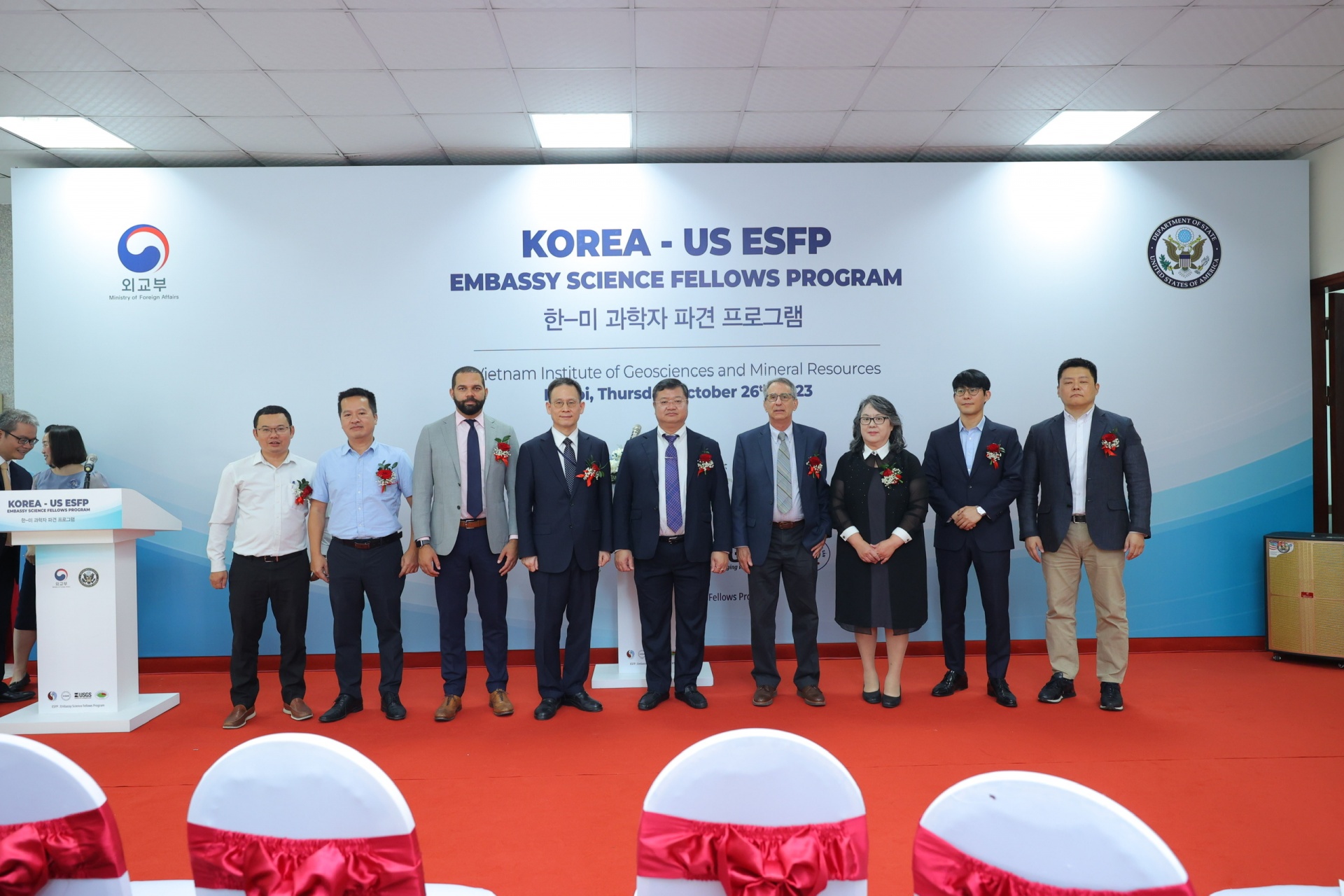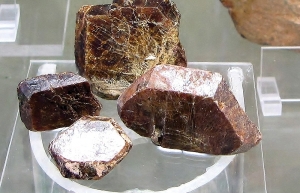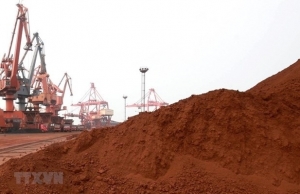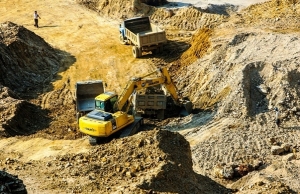US and South Korea initiate joint research project in Vietnam
 |
On October 26, the Ministry of Foreign Affairs of the Republic of Korea and the Department of State of the United States launched the first joint scientific research project under the Embassy Science Fellows (ESF) Programme.
The research will promote the use of environmentally friendly technologies to extract rare earth elements and other critical minerals from coal ash.
The efforts will bolster international cooperation in enhancing the sustainable extraction and processing of critical materials by advancing the deployment of clean technologies in the global supply chain.
This collaboration complements existing multilateral dialogue mechanisms, such as the Minerals Security Partnership, in which both South Korea and the US are participating.
The South Korea-US ESF project in Vietnam is an important milestone in expanding their sci-tech cooperation in other countries. The South Korean and US embassies in Hanoi are working closely together to support research activities on the ground.
The joint project will be carried out by the Korea Institute of Geoscience and Mineral Resources (KIGAM) and the US Geological Survey for three months from October 2023 from KIGAM’s office in Hanoi. South Korea and the United States are working closely with the Vietnamese government to facilitate this research.
Vietnam has the world's second-largest reserves of rare earth minerals – an estimated 22 million tonnes – yet the resources have remained untapped.
Rare earths are being used to produce wind turbines and magnets, serving the renewable energy and green transportation sectors. The global demand is expected to double by 2030 and quadruple by 2050.
 | Rare earths become trade dispute tools The importance of rare earths, required for everything from iPhones to fighter jets, has been brought back to the fore in recent weeks with China and the United States moving to protect their interests as their trade dispute rumbles on. |
 | Rare earth upsides can help beckon foreign capital Vietnam can utilise its abundant reserves of rare earth materials to lure in high-tech foreign investments. |
 | Experts propose development direction for rare earth industry Vietnam has the world's second-largest reserves of rare earths - an estimated 22 million tonnes - yet the resources have remained untapped, scientists have said. |
What the stars mean:
★ Poor ★ ★ Promising ★★★ Good ★★★★ Very good ★★★★★ Exceptional
Latest News
More News
- Global partnerships key to Vietnam’s IFC development (December 26, 2025 | 16:18)
- Vingroup pulls out of bid to invest in North-South high-speed railway (December 26, 2025 | 11:42)
- Strengthening supply chains through trade promotions and customs reform (December 24, 2025 | 14:00)
- PM orders investment model for North–South high-speed rail (December 22, 2025 | 17:43)
- LS Eco Energy to invest in Vietnam rare earth sector (December 22, 2025 | 17:31)
- Government moves to establish International Financial Centre (December 21, 2025 | 21:00)
- Vietnam's IFC to target global investment flows (December 21, 2025 | 18:00)
- Two national hospitals expand capacity with new facilities (December 20, 2025 | 09:00)
- Ha Tinh breaks ground on major Vingroup industrial and energy projects (December 19, 2025 | 18:24)
- EVN launches major power infrastructure projects nationwide (December 19, 2025 | 18:17)

















 Mobile Version
Mobile Version